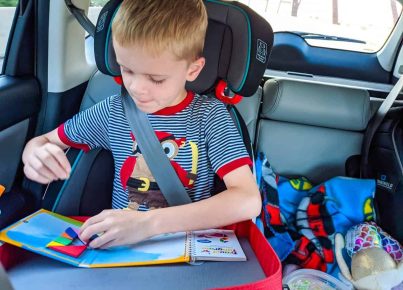Are you looking for strategies to help students who use improper verb tenses wile speaking? If so, keep reading.
1. After recording the learner’s speech, have them find the incorrect verb tenses and make appropriate corrections.
2. Ascertain the type of grammatical model to which the learner is exposed at home. Without placing negative connotations on the parents’ grammatical style, explain the difference between standard and nonstandard grammar.
3. Get the learner to choose a verb to master. As the learner masters the correct use of the verb, they put it on a list with a star and select another verb to master.
4. Encourage the parents to urge the learner’s correct use of verb tenses at home by praising them when appropriate verb tenses are used.
5. Copy a paragraph that is in the present tense. Spotlight the verbs and have the learner change all the verbs to past and/or future tense. This learning experience could be finished orally or in written form.
6. Ascertain if the learner’s errors are the result of dialectical differences (i.e., the pattern of verb tense usage may not be atypical within their social group).
7. Praise those students in the classroom who use verb tenses correctly.
8. Utilize a private signal (e.g., hand over shoulder/past tense, pointing forward/future tense, etc.) to remind the learner to use correct verb tense.
9. Throughout the day, write down specific verb tense errors pronounced by the learner. Read the sentences to the learner and have them make appropriate corrections orally.
10. Explain that changes must be made in a verb to indicate when an event happened (e.g., past, present, future).
11. Provide the learner a sentence and have them change it from present to past, past to present, future to past, etc.
12. When the class is engaged in several learning activities , describe your observations using the present tense. Get students to do likewise. Expand this learning experience to include past and future tenses by asking appropriate questions (e.g., “What just happened?” “What were you doing?” “What will you do next?”).
13. Select a peer to practice verb tenses with the learner. Each tense should be used in a sentence rather than only conjugating the verbs.
14. Get the learner to assist in correcting other students’ written work, looking for errors in verb tenses.
15. Ascertain whether the learner has appropriate sequencing skills. The concept of sequencing influences comprehension of verb tense (e.g., Can the learner answer questions using first, next, then, etc.? Do they use such vocabulary when speaking even though verb tenses are incorrect?). Get the learner to list learning activities they did when little, learning activities the learner can do now, and things they will be able to do when grown up. Place emphasis on appropriate verb tenses during this learning experience.
16. Consider using a language arts app. Click here to view a list of recommended apps.
17. Consider using a language development app. Click here to view a list of apps that we recommend.




